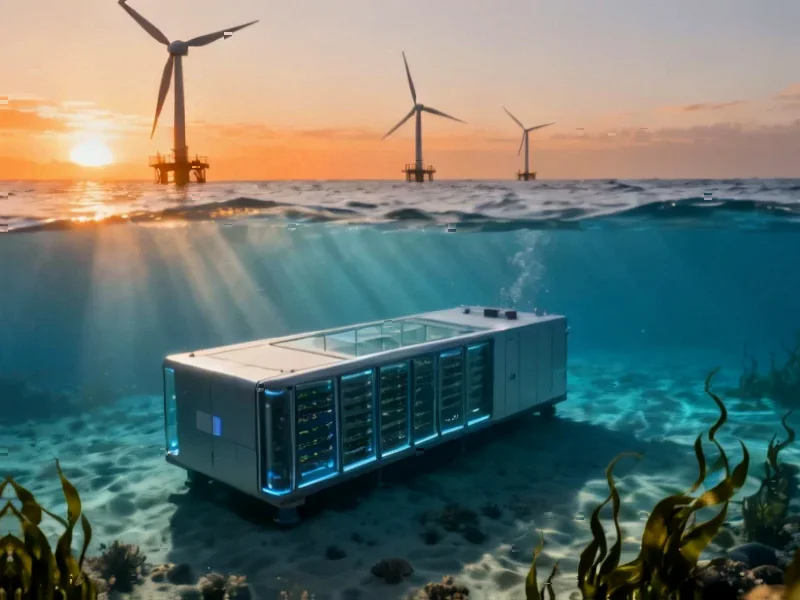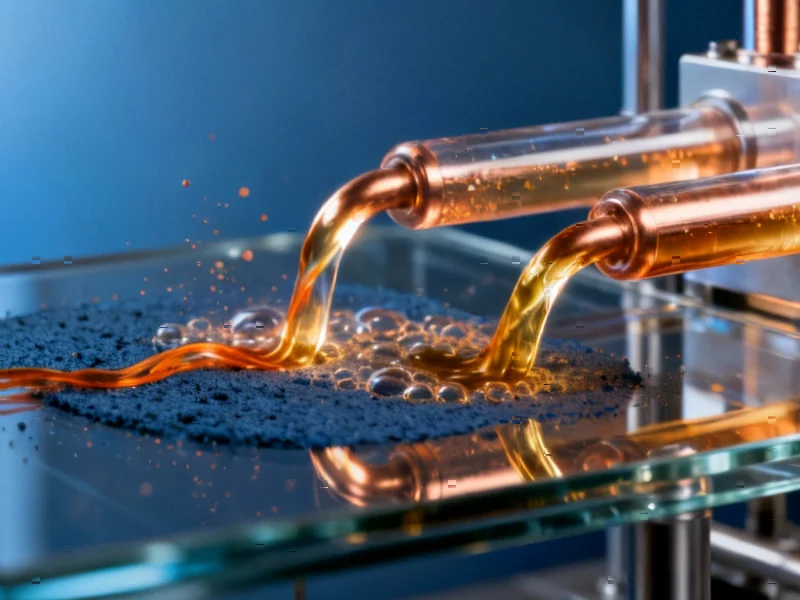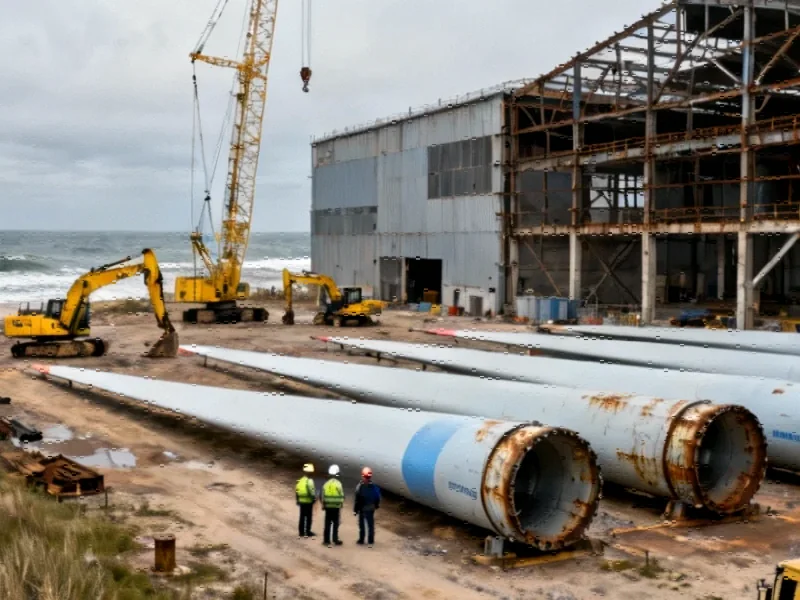Revolutionary Cold-Weather Battery Technology
Researchers have reportedly achieved a significant breakthrough in energy storage technology with the development of sodium-ion pouch cells that maintain functionality in extreme cold conditions, according to recent findings published in Communications Chemistry. Sources indicate this represents the first practical evaluation and field demonstration of ultra-low temperature sodium-ion batteries (SIBs) for renewable energy storage from wind and solar sources.
Table of Contents
Exceptional Performance in Freezing Conditions
The study states that these innovative batteries demonstrated remarkable cold-weather performance, maintaining specific energy of 74 Wh/kg at -25°C and 46 Wh/kg at -50°C. Analysts suggest this performance level is unprecedented for practical battery applications in such extreme temperatures. The report highlights that while coulombic efficiency decreased at lower temperatures due to kinetic limitations, the cells continued to function effectively where conventional lithium-ion batteries would fail.
According to the research, the batteries exhibited stable operation across multiple temperature ranges with energy densities ranging from 70 Wh/kg at 1C rate to 30 Wh/kg at 2C rate when tested at -25°C. The durability testing reportedly showed impressive capacity retention of approximately 88% after 100 cycles at -25°C, indicating robust long-term performance in cold environments.
Advanced Electrolyte System Enables Breakthrough
The research team attributes the cold-weather success to their innovative THF-based electrolyte system, which sources indicate has a significantly lower freezing point than conventional carbonate-based electrolytes. The report states that electrochemical impedance spectroscopy revealed highly consistent performance across multiple battery batches, with nearly identical impedance spectra suggesting excellent manufacturing reproducibility.
Analysis of the activation energy for sodium ion transport reportedly measured just 10 kJ/mol, substantially lower than typical values for conventional electrolytes. Researchers suggest this low activation energy explains why ionic conductivity remains considerable even at temperatures as low as -100°C, though they note some increase in resistance at extreme temperatures.
Real-World Renewable Energy Applications
The team conducted practical demonstrations using wind turbines to charge the batteries at various temperatures, successfully showing that the system could store and deliver energy even at -50°C. According to reports, the experimental setup included a customized liquid nitrogen cooling system to simulate extreme environmental conditions, with argon gas purging to prevent moisture interference.
Field testing in West Lafayette, Indiana, during winter conditions around -10°C reportedly confirmed the laboratory findings, with the batteries successfully storing wind energy and powering LED lights. Analysts suggest this technology could be particularly valuable for remote locations, polar research stations, and emergency power systems where temperatures regularly drop to extreme lows.
Structural Integrity and Long-Term Stability
Post-testing analysis using advanced microscopy techniques revealed excellent structural preservation of electrode materials even after extensive ultra-low temperature cycling. The report states that high-resolution transmission electron microscopy showed the formation of a uniform solid-electrolyte interphase layer with consistent thickness of 10-15 nanometers across particle surfaces.
Researchers indicate that this thin but uniform interface layer preserves ionic conductivity pathways and enables sustained electrochemical activity under extreme conditions. While some increase in impedance was observed after low-temperature testing, analysts suggest the minimal changes support the effectiveness of the electrolyte system for ultralow temperature applications.
Future Implications for Renewable Energy Storage
The successful demonstration of sodium-ion battery technology in extreme conditions reportedly opens new possibilities for renewable energy storage in harsh environments. Sources indicate that the combination of suitable electrode materials with the mixed THF electrolyte could enable broader adoption of sodium-ion batteries for space expeditions, polar operations, and other extreme environment applications.
According to the analysis, this technology could provide reliable energy storage solutions for regions experiencing temperatures as low as -50°C, where conventional battery systems typically fail. The research suggests that sodium-ion batteries may offer a sustainable alternative for energy storage during snowstorms and periods of limited sunshine when other power sources become unreliable.
Related Articles You May Find Interesting
- UK’s Costliest Cyber Attack: Jaguar Land Rover Hack Estimated at £1.9 Billion
- Climate Progress at a Crossroads: Clean Energy Advances While Fossil Fuel Depend
- Breakthrough in Blood-Compatible Polymers Revolutionizes Medical Device Safety a
- Samsung Enters XR Arena with Google-Powered Headset Challenging Apple’s Dominanc
- Scientists Uncover How DNA Replication’s Master Controller Maintains Genome Inte
References & Further Reading
This article draws from multiple authoritative sources. For more information, please consult:
- http://en.wikipedia.org/wiki/Kilowatt-hour
- http://en.wikipedia.org/wiki/Nyquist_stability_criterion
- http://en.wikipedia.org/wiki/Electric_battery
- http://en.wikipedia.org/wiki/Ion_transporter
- http://en.wikipedia.org/wiki/Activation_energy
This article aggregates information from publicly available sources. All trademarks and copyrights belong to their respective owners.
Note: Featured image is for illustrative purposes only and does not represent any specific product, service, or entity mentioned in this article.



